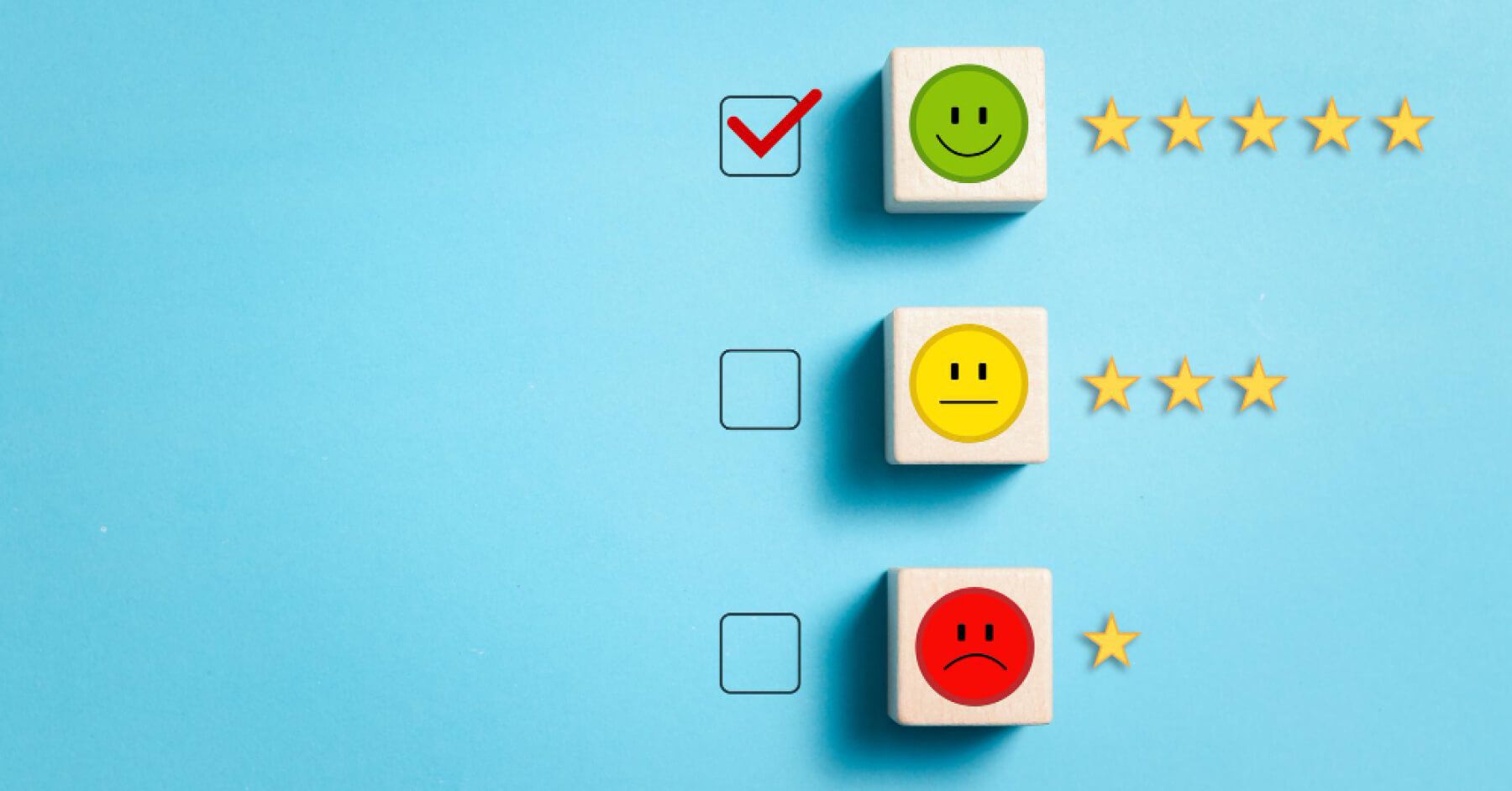Employee development plan template: How to help your team grow with clarity in 2026

Remember sitting on the floor as a kid, trying to piece together a massive jigsaw puzzle? You’d stare at the pile, not knowing where to start until you notice the box with the picture on it. Suddenly, it all made sense.
That’s what an employee development plan template does. With talent retention tougher than ever, offering a structured, transparent growth plan isn’t just a perk—it’s a competitive necessity. It helps connect skills, goals, and learning opportunities so no one’s just guessing where the next piece fits. Growth becomes intentional, not accidental.
Here’s how to create a plan that helps every employee see their masterpiece take shape. It keeps motivation high, expectations clear, and career trajectories on track. Ready to build one? Let’s get started.
TL;DR
What is an employee development plan and why does it matter in 2026?

TL;DR
An employee development plan is a structured roadmap that aligns employee growth, skill-building, and career aspirations with company goals, ensuring clarity and measurable outcomes.
In 2026, it’s vital for retention, engagement, and staying competitive by showing employees their future while meeting organizational needs.
An employee development plan is a structured roadmap that outlines how your employees will grow their skills, take on new challenges, and progress in their careers—while directly contributing to your company’s goals. It’s not a vague “training list” but a tailored strategy with clear milestones, timelines, and measurable outcomes.
In 2026, it matters more than ever because talent retention is a serious game. Employees want to see a future with you, not just a job for today. A well-crafted plan shows them you’re invested in their growth, boosts engagement, and helps prevent stagnation.
When should you use a development plan with your employees?
A development plan isn’t just for fixing problems—it’s a powerful tool to help employees thrive at every stage of their journey. The key is knowing exactly when to bring it into play for maximum impact.
When onboarding new hires
Starting a new job can be overwhelming, but a development plan gives fresh hires a clear sense of direction. It shows them you’re invested in their future, not just their present output. By setting expectations early, you help them understand how their role connects to the company’s bigger vision. This clarity fuels motivation and makes the onboarding process far more engaging.
During performance reviews
Performance reviews are often dreaded, but a development plan can flip the script. Instead of focusing solely on past performance, you’re mapping a path forward. This approach helps employees feel supported and understood, rather than judged. It also makes it easier to turn constructive feedback into actionable next steps they can actually achieve.
When promoting someone
Promotions are exciting, but they can also be intimidating without proper guidance. A development plan provides the structure and resources needed to succeed in the new role. It ensures the employee builds confidence and competence while meeting evolving expectations. Plus, it sets the stage for future growth opportunities beyond this promotion.
When performance is slipping
A drop in performance doesn’t always mean disengagement—it could signal unclear expectations or skill gaps. A development plan helps identify these issues and creates a tailored action path. This proactive approach turns setbacks into growth opportunities. It also reinforces that you’re committed to helping them improve, not just pointing out flaws.
When succession planning
Future-proofing your team means preparing potential leaders well in advance. Development plans allow you to nurture leadership qualities, expand skill sets, and instill confidence. By investing early, you reduce the risk of disruption when a leadership change happens. It also boosts loyalty, as employees see a clear, upward path within the organization.
Who is responsible for driving the employee development plan — HR, manager, or employee?

TL;DR
HR designs the framework with tools and templates, managers drive execution through guidance and feedback, and employees own their growth by setting goals and tracking progress.
Together, all three roles ensure the employee development plan becomes a living roadmap that boosts engagement, skills, and organizational performance.
Short answer? All three. Think of it like a group project where everyone actually pulls their weight.
HR sets the framework—providing templates, tools, and policies that keep development plans consistent and aligned with company goals. Managers bring the plan to life by offering guidance, setting realistic milestones, and giving feedback that’s actually useful (not just “keep it up”). And employees? They own their growth—showing initiative, tracking progress, and speaking up when they need resources or support.
When all three roles click, the plan becomes a living, breathing roadmap rather than a dusty document no one opens. Skip one, and it’s like trying to ride a tricycle with a missing wheel—possible, but clumsy and inefficient. The magic happens when HR, managers, and employees collaborate to keep the plan moving forward together.
A great employee development plan isn’t just a pretty document—it’s a living, breathing guide to employee growth. Whether you call it a professional development plan, career development plan, or the ultimate “future you” blueprint, here’s what makes it work.
Clear development goals
Your plan should start with crystal-clear development goals that align with both company objectives and individual career aspirations. When employees know exactly what they’re aiming for, it’s easier to track progress and keep motivation high.
Skills and competencies to develop
A solid career development plan highlights the skills and competencies an employee needs for professional growth. This could mean technical training, leadership workshops, or even soft skills like communication and collaboration.
Actionable steps and timelines
An effective professional development plan doesn’t just say “improve leadership skills”—it outlines how and by when. Breaking down goals into specific actions with realistic timelines keeps the career development journey on track.
Resources and support
Employees can’t smash their career development goals without the right tools. This means training programs, mentoring, learning platforms, and manager check-ins. Providing these resources shows genuine investment in employee growth.
Progress tracking and feedback
A great career development plan includes regular check-ins to assess progress, celebrate wins, and adjust where needed. Feedback keeps employees engaged and ensures their career aspirations remain aligned with evolving business needs.
Bottom line: your development plan should be a clear, supportive, and motivating roadmap for professional growth—never just paperwork.
How to personalize development plans for different roles and growth goals
One-size-fits-all rarely works in fashion, and it definitely doesn’t work for development plans. Personalization is the secret sauce that makes them stick. Here’s how:
- Match development goals to the role’s core responsibilities while weaving in the employee’s unique career aspirations. A sales rep’s plan might focus on negotiation skills, while a designer’s plan might prioritize creative software mastery.
- Consider professional growth stages—junior employees may need foundational skills, while senior team members might be ready for leadership training or cross-department projects.
- Blend short-term wins with long-term career development opportunities, so employees see both immediate value and a future worth working toward.
- Keep communication open—plans should evolve with changing goals, market demands, and business priorities.
How often should employee development plans be updated?

Think of an employee development plan like your phone’s operating system—it works fine for a while, but without updates, it gets clunky fast. Ideally, you should revisit it every 6–12 months to keep it aligned with professional goals, career growth, and evolving organizational objectives. Waiting too long means missing chances to sharpen key skills or adapt to new skills required in the market.
Updating regularly also ensures the plan reflects employee aspirations, not just what the business needs. It’s the sweet spot where personal ambition meets company direction. Sometimes, an update might even turn into a performance improvement plan, helping employees get back on track while keeping job satisfaction high.
And don’t just focus on problems—celebrate successful completion of milestones. It’s a chance to raise the bar, set fresh targets, and keep motivation buzzing. Because in the end, a well-timed update keeps development plans relevant, exciting, and a true driver of long-term career growth.
Soft skills vs. technical skills: How to balance growth plans
Balancing soft and technical skills in a growth plan is one of the key components of aligning with your organization’s objectives. It’s also the perfect way to measure progress, encourage continuous improvement, and open up exciting career paths through focused skill development and personal development.
Why soft skills matter
Soft skills are the people-power traits—communication, teamwork, adaptability—that keep the workplace running smoothly. Imagine a software engineer who’s a coding genius but can’t collaborate or explain ideas clearly—projects stall, morale dips, and clients get frustrated. Soft skills fuel leadership development, boost collaboration, and make development efforts more impactful.
Why technical skills matter
Technical skills are the hands-on, role-specific abilities—coding, data analysis, graphic design—that make the work actually happen. Picture a charismatic project manager with zero knowledge of project management tools—great team spirit, but deadlines still implode. Technical skills ensure you can deliver results and review progress effectively while building a solid base for skill development.
Finding the balance
The magic lies in blending both. A balanced growth plan ties personal development to practical execution—meeting organizational objectives while keeping employees motivated. For example, an HR professional might master recruitment software while honing conflict resolution skills. Or a marketer might learn advanced analytics while improving storytelling.
How to co-create development plans with your team members?
Co-creating development plans isn’t just smart—it’s a game-changer for engagement and retention. When employees feel heard and involved, they’re more invested in achieving both their own career objectives and your organizational growth.
Start with a conversation
The best development plans begin with a genuine chat about the employee’s career goals and the organization’s needs. Skip the boring forms at first—just talk. This is where you uncover their employee aims, dream projects, and vision for career advancement while making sure everything lines up with organizational growth.
Do a current skills assessment
Before setting professional development goals, figure out where they stand now. A current skills assessment helps identify strengths, gaps, and opportunities to develop skills that will matter both today and tomorrow. This step is also key for spotting potential future leaders in your team.
Align goals with growth
Tie career objectives to professional development goals and leadership development opportunities. Want better communication skills? Link them to team leadership. Aiming for career advancement? Connect it to projects that solve real organizational needs. This ensures your plan is mutually beneficial.
Track, tweak, and celebrate
A plan isn’t “set and forget.” Evaluate progress regularly, check if professional development goals still fit, and adjust as needed. Celebrate milestones along the way—it’s a powerful motivator. Plus, regular reviews keep both employee aims and organizational growth on track.
What does a manager’s role look like in plan execution?

A well-crafted development plan is only as good as the person steering it—and that’s where managers step in. They’re the ones who turn words on a page into real, measurable growth for their teams.
Be the bridge between vision and action
Managers are the glue holding the plan template together, turning big ideas into daily actions. They provide organizational support by ensuring resources, tools, and time are available for employees to gain expertise in specific skills. Without this bridge, even the best plan becomes just a document sitting in a shared folder.
Keep the conversations flowing
A great manager doesn’t wait for annual reviews to discuss progress. They make feedback a regular thing—short check-ins, project debriefs, and quick pep talks to keep employee morale high. This constant communication keeps employees engaged and aware of how their development ties into overall organizational performance.
Use the plan as a strategic tool
The best managers see the development plan as more than HR paperwork—it’s a strategic tool for improving both employee engagement and organizational performance. By applying strategic thinking, managers can align individual goals with team objectives and the company’s long-term vision.
Celebrate growth and wins
When employees grew in specific skills or achieved milestones, managers should celebrate it—loudly. Recognition fuels motivation, reinforces the value of the plan template, and inspires others to invest in their own growth.
How to use feedback data to refine growth objectives
TL;DR
Feedback data helps identify trends, strengths, and gaps, turning insights into actionable steps that keep growth objectives relevant and measurable.
Regularly reviewing and acting on feedback ensures continuous improvement, boosts employee engagement, and aligns individual development with evolving organizational goals.
Feedback data is like a goldmine—full of clues about what’s working, what’s not, and where to head next. The trick is knowing how to dig into it without getting lost in random opinions. Here’s how to make it work for you.
Spot trends, not one-offs
Don’t let a single comment steer the ship—look for patterns in feedback. If multiple people highlight the same skill gap or strength, it’s a clear signal for refining growth objectives. This way, you avoid overreacting to isolated opinions and focus on changes that will actually move the needle.
Turn feedback into action steps
Feedback isn’t just “nice to know”—it’s your blueprint for change. Break insights into clear, measurable actions that align with both employee goals and organizational priorities. The more specific the action steps, the easier it becomes to track progress and make the plan deliver real results.
Balance positives and improvements
Celebrate what’s working just as much as you address gaps. Positive feedback can highlight strengths worth doubling down on, while constructive input shows where growth objectives need recalibration. Balancing both keeps morale high while still driving continuous improvement in the right areas.
Keep it continuous
Feedback isn’t a once-a-year event—it’s an ongoing conversation. Regular check-ins ensure growth objectives stay relevant, adaptable, and in sync with evolving business needs and employee ambitions. By making feedback part of the culture, you keep goals fresh, focused, and achievable.
Development templates make growth feel robotic and too rigid for real-world growth.
Some managers worry that templates will squeeze out personality, making every plan feel like it came from a robot rather than reflecting real ambitions.
Templates don’t cramp creativity but provide clarity.
The World Economic Forum’s Future of Jobs Report 2026 projects that 59% of workers will need reskilling or upskilling by 2030 — and structured frameworks help organizations scale learning intentionally.
With a flexible template in hand, you can blend consistency with personalization — ensuring every person’s growth feels both guided and unique.
Why CultureMonkey is the best tool to align employee feedback and development planning
Looking for a tool that transforms candid insights into real growth? CultureMonkey doesn’t just listen—it lights the path from feedback to flourishing development. Here's why it’s a crowd-pleaser:
It listens—and acts—in real time
CultureMonkey captures employee feedback through pulse surveys, lifecycle-stage questionnaires, and more—all automated with AI-powered insights. This ensures you’re not just collecting feedback but actively using it to shape development planning.
It adapts to every stage of the employee journey
From onboarding to burnout and beyond, CultureMonkey’s Lifecycle module tailors your feedback strategy at each stage. This precision means development plans stay relevant to where employees are and where they’re headed.
It empowers managers with clarity
CultureMonkey turns raw feedback into clear, actionable dashboards that managers can use to guide one-on-one coaching and align development with organizational goals. Say goodbye to fuzzy metrics and guesswork because it’s all right in front of you.
It’s seamless, smart, and secure
With integrations across Slack, Microsoft Teams, WhatsApp, Gmail, and more, CultureMonkey fits right into your workflow. Plus, it’s GDPR- and SOC-2 compliant, delivering secure, anonymous input without hassle.In other words, CultureMonkey doesn’t just collect feedback—it turns it into a strategic growth engine, aligning employee development plans with real sentiment, real time, and real results.
Conclusion
An employee development plan isn’t just an HR checklist—it’s your backstage pass to building a team that’s confident, capable, and future-ready. Think of it as a GPS for professional growth: no one’s wandering aimlessly, and everyone knows exactly where they’re headed, with a few scenic detours for learning new skills along the way.
Whether you’re using a slick development plan template or creating one from scratch, the goal is the same—help people grow while smashing organizational targets. The real magic happens when feedback, resources, and a sprinkle of celebration fuel the journey.
With CultureMonkey, turning your employee development plan template into real progress becomes effortless. Whether you’re mapping career paths or personalizing learning journeys, CultureMonkey gives leaders the visibility and data to align development goals with business outcomes. Because when growth conversations are backed by real insights, development stops being a task and starts becoming your company’s culture.
FAQs
1. Is there a standard format or template for employee development plans?
Yes, many companies follow a performance development plan template or use an editable employee development plan to suit their needs. While there’s no single universal format, most include sections for development goals for employees, current strengths, areas for improvement, timelines, and progress tracking. You can also refer to an employee growth plan example for better structure.
2. What’s the difference between a performance improvement plan and a development plan?
A performance improvement plan focuses on addressing immediate performance gaps, while a development plan aims at long-term career and skills growth. The latter uses strategies like skills development for employees, setting development goals for employees, and using an editable employee development plan. A performance development plan template can be adapted for either purpose depending on specific objectives.
3. Can I use the same development plan across different departments?
You can, but it’s better to customize. While a performance development plan template offers a consistent structure, tailoring it to each department’s unique needs ensures relevance. Adjust development goals for employees, focus on skills development for employees specific to the role, and modify sections in your editable employee development plan. An employee growth plan example can help guide this process.
4. Is feedback important in shaping employee growth plans?
Absolutely. Feedback helps refine development goals for employees, highlight strengths, and identify new areas for skills development for employees. Using an editable employee development plan or performance development plan template allows quick updates based on feedback received. Reviewing an employee growth plan example can also show how feedback loops make the plan more effective and relevant.
5. How do I measure success after creating a development plan?
Success can be tracked by achieving development goals for employees, completing skills development for employees activities, and observing performance improvements over time. Using a performance development plan template or editable employee development plan helps monitor milestones. Comparing results with an employee growth plan example can also offer industry benchmarks, ensuring objectives are met and employee growth remains consistently on track.



